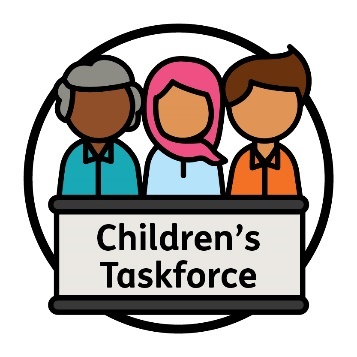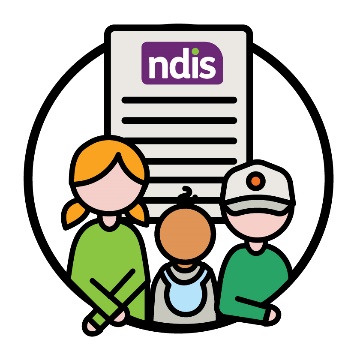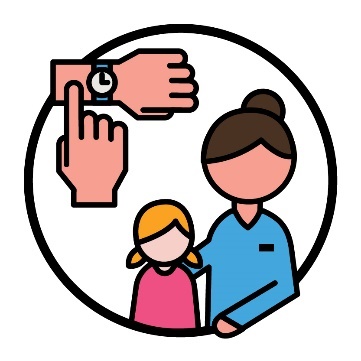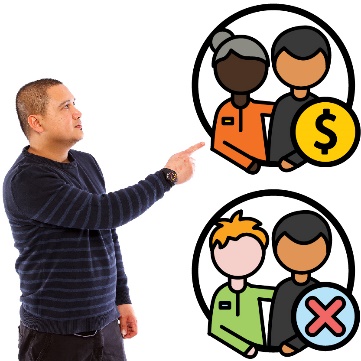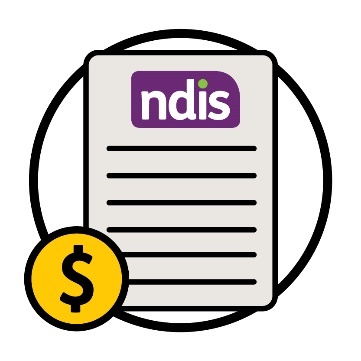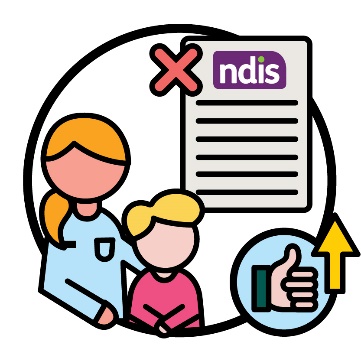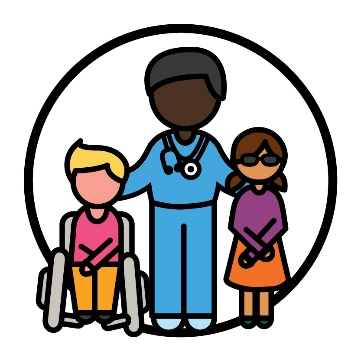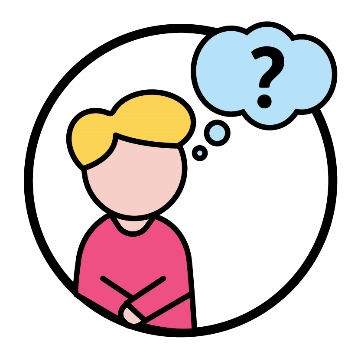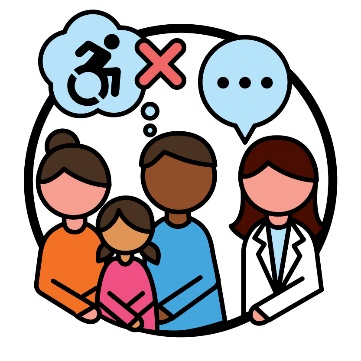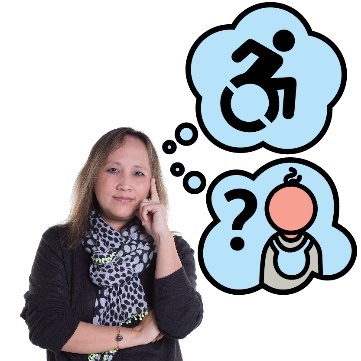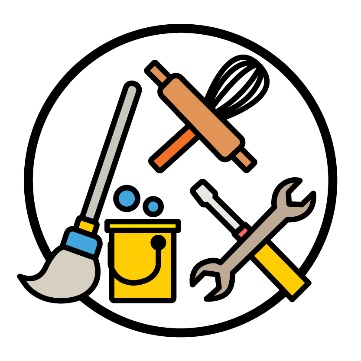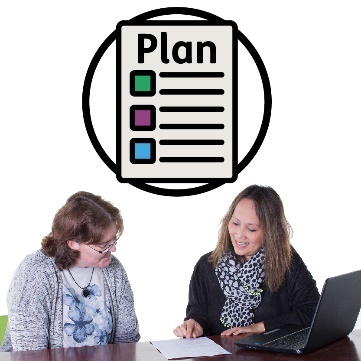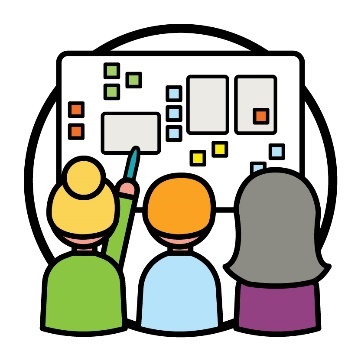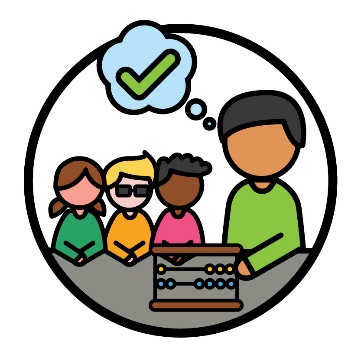Update on the NDIA Children’s Taskforce
|
|
The NDIA gave an update about their Children’s Taskforce. |
||
|
|
The Children’s Taskforce will focus on children aged 0‑14 years old who take part in the NDIS. And it will support these children during different stages of their life. |
||
|
|
Reference Group members shared that there are long wait times for early childhood partners. This means some families decide to go somewhere else for advice. |
||
|
|
Members worry about how many families only want to use services and supports with NDIS funding. |
||
|
|
Funding is the money from your plan that pays for the supports and services you need. |
||
|
|
Some families choose these services instead of supports outside of the NDIS that might be better for their child. |
||
|
Members explained that medical advice guides people to make decisions about children with: |
|||
|
|
|
||
|
|
|
||
|
|
But medical advice doesn’t support families to understand disability. |
||
|
|
The NDIS Early Supports program is important to help parents understand more about:
|
||
|
|
It is also important to help parents build their skills to support their child. |
||
|
|
Members shared that participants need more support when they manage their own plan. |
||
|
|
Some families don’t know that it is a lot of work to manage your own plan. |
||
|
|
Members also shared that the NDIA should use co‑design to understand how they should give information to families. |
||
|
|
Co-design is when people work together to plan something new. |
||
|
|
Members are happy with the co-design work the Children’s Taskforce has done. |
||
|
|
This includes their work to make resources for early childhood teachers. |
||
|
|
These resources aim to support teachers who work with children with:
|
||
|
|
The resources can help them to understand and include these children. |
||
